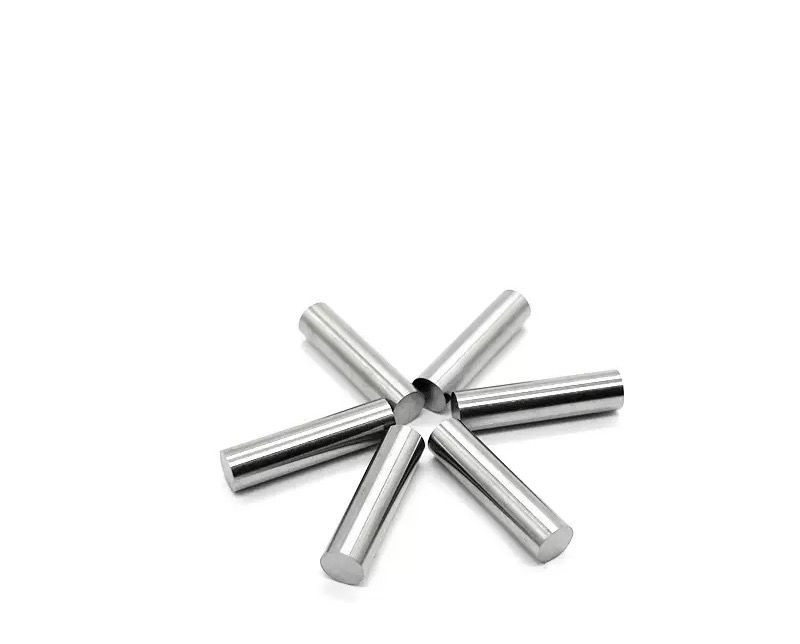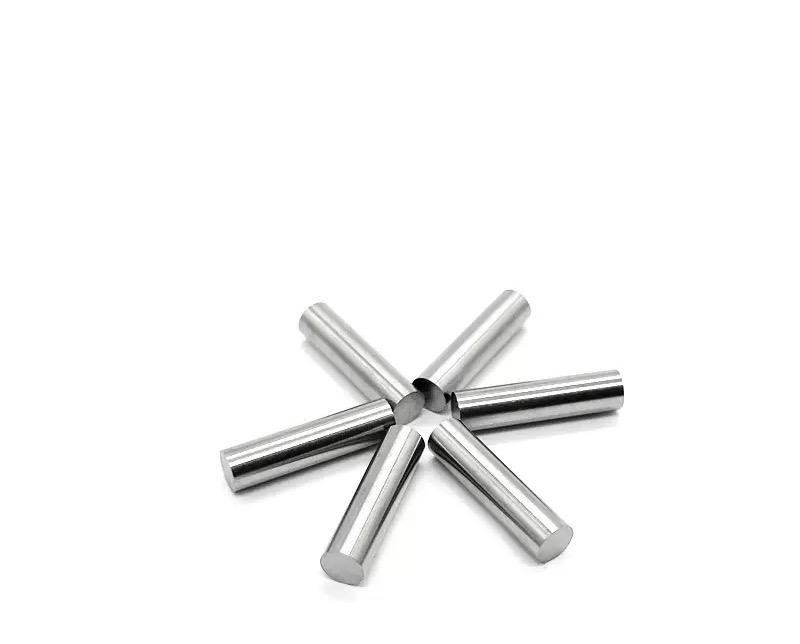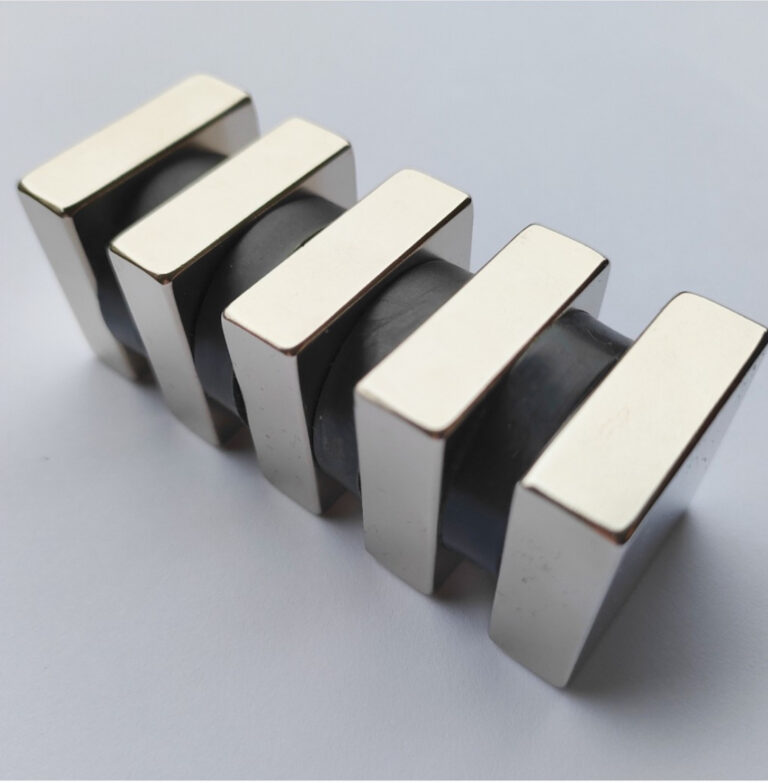Product Alnico Magnets & Custom Assemblies
Alnico is a ferromagnetic alloy containing aluminum (Al), nickel (Ni) and cobalt (Co) as the main components, which is widely used in permanent magnet materials. It has high magnetic induction intensity, good temperature stability and corrosion resistance. The production process of Alnico mainly includes the following steps:

- Raw material preparation
Main raw materials include:
- Iron (Fe): base material
- Aluminum (Al), nickel (Ni), cobalt (Co): main magnetic elements
- Copper (Cu), titanium (Ti), etc.: trace elements for adjusting performance
- Common Alnico ratios:
- Alnico 5 (common grade): about 8% Al, 14% Ni, 24% Co, 3% Cu, the balance is Fe
- Melting
- Melting in an induction furnace or electric arc furnace: add the pre-weighed raw materials into the furnace according to the proportion.
- Melting process control: keep the alloy melted in an oxygen-free or reducing atmosphere to avoid oxidizing impurities.
- Degassing: use argon purge or vacuum degassing to remove gas impurities.
- Casting
- The molten alloy is poured into a sand mold or metal mold to form a blank.
- Precision casting (such as the shell mold method) can also be used to improve dimensional accuracy.
- Heat Treatment
Heat treatment has a great influence on the magnetic properties of Alnico. The main processes include:
- Homogenization annealing
- Temperature: about 1100-1200°C
- The purpose is to make the structure uniform and eliminate casting stress.
- Directional cooling (magnetic field orientation treatment)
- Cool the heated alloy in a magnetic field to align the crystal structure and improve the remanence and coercivity.
- Key step: Apply a DC magnetic field in a specific direction (commonly used for Alnico 5 and Alnico 8)
- Aging
- Temperature: about 500-600°C
- The purpose is to precipitate phases to enhance magnetism and optimize microstructure.
- Machining
- Used to obtain the final size and shape (grinding, drilling, wire cutting, etc.).
- Note: Alnico material is relatively brittle and needs to be processed with care.
- Magnetization
- Apply an external magnetic field to the finished product to magnetize it so that it has permanent magnetism.
- This can be done by energizing the coil or pulsed magnetic field.
VII. Inspection and packaging
- Check magnetic properties (such as coercivity, remanence, maximum magnetic energy product, etc.)
- Appearance, size, and magnetic flux density inspection
- Finally, pack to prevent breakage or demagnetization.
Why is the magnetic properties of AlNiCo magnets related to temperature?
The magnetism of AlNiCo magnets is related to temperature. However, if the temperature rises further, causing the easy magnetization direction to change or the magnetic properties to drop sharply when approaching the Curie temperature, the microstructure may change and may not be fully restored.
In the initial stage, the magnetism of the material gradually decreases due to the residual temperature coefficient of the material. For example, NdFeB decays by 0.13% per degree Celsius, and ferrite decays by 0.19%. These attenuation degrees are basically reversible within this range, but the higher the temperature, the faster the attenuation may become.The maximum operating temperature of AlNiCo is 550℃, so it is generally said that the operating temperature of AlNiCo magnets is less than or equal to 550℃. AlNiCo magnets are alloys of aluminum (Al), nickel (Ni) and cobalt (Co), and are permanent magnets that do not contain rare metals. Although its magnetic field is similar to that of neodymium magnets, it has the characteristic of losing its magnetic force under a small external magnetic field, so it is rarely used in conventional motors.
The maximum operating temperature of AlNiCo is 550℃, so it is generally said that the operating temperature of AlNiCo magnets is less than or equal to 550℃. AlNiCo magnets are alloys of aluminum (Al), nickel (Ni) and cobalt (Co), and are permanent magnets that do not contain rare metals. is rarely used in conventional motors.





